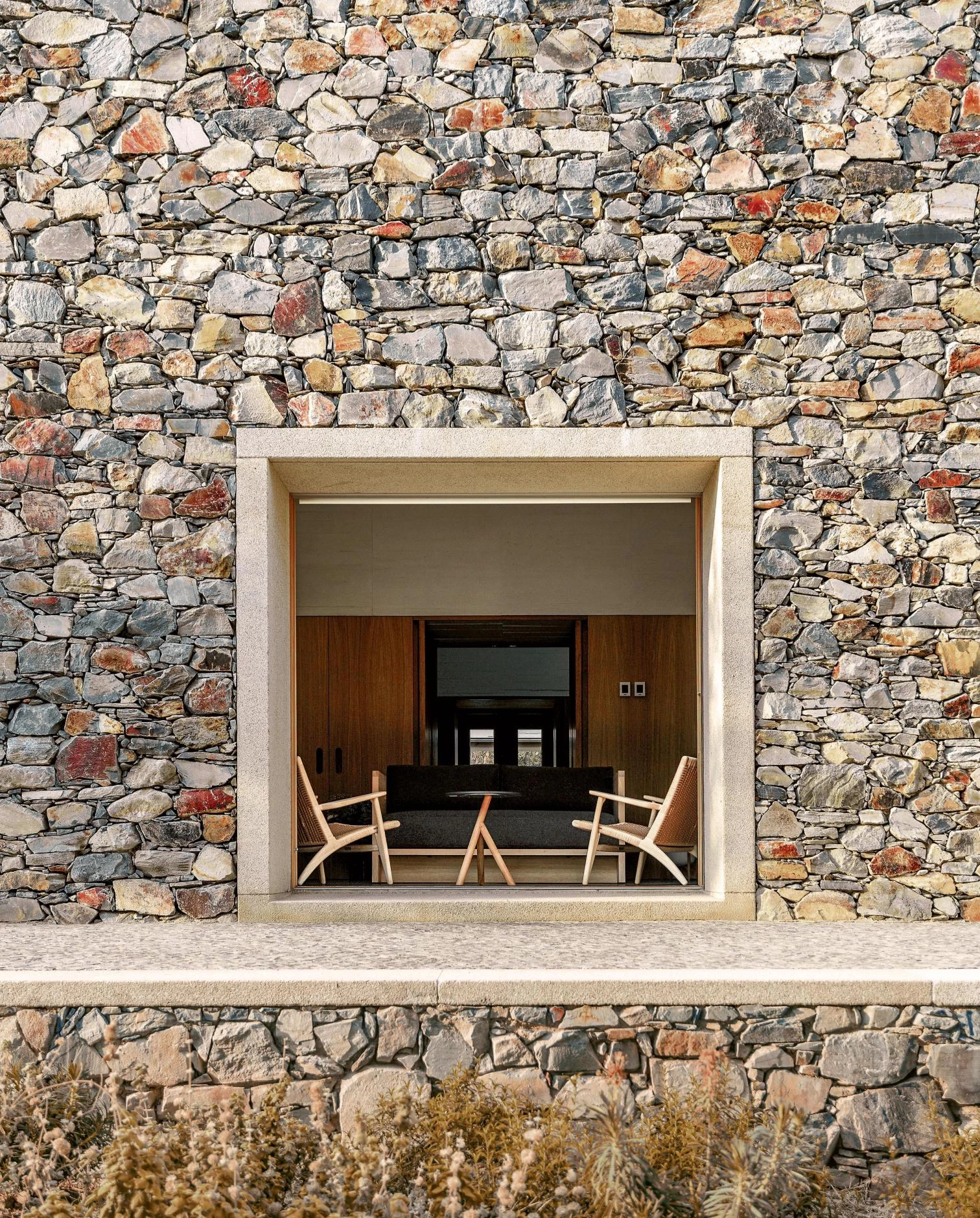Stone Profiles
Building with Stone Today

Stone is associated with the origins of architecture. As the world’s dolmens and pyramids show, it enabled the earliest human civilizations to make true their desire to endure, and so from the very beginning stone was thought of in relation to buildings dedicated to harboring and exalting power and religion. This ancestral history made stone rather indigestible to the moderns, for whom it was a burdensome vestige of the past that could and should give way to a palette of ‘materials of the present and future,’ such as steel, and especially reinforced concrete. Hence stone perhaps lived its darkest hour during the 20th century, when it found itself relegated to secondary roles. For example, as cladding for floors, walls, and, at best, facades.
Nonetheless, stone has managed to get out of that limbo in the past decades, not only because the latest generations of architects have come to acknowledge its aesthetic worth and its physical properties, but also because technology has developed new ways of working with this old material. Among the innovations, the most important – on account of its influence – is perhaps the incorporation of natural stone in ventilated facades, thanks in large measure to the development of stone-processing techniques that give finishes, detailings, and thicknesses heretofore unimaginable or very difficult to achieve. In fact with current machinery any kind of stone can be cut easily and with high degrees of precision, yielding pieces that can be extremely thin and also textured as desired. A stone enclosure can thus be practically anything, from an uninterrupted opaque surface that is virtually seamless to a permeable, very lightweight lattice. In addition, the pieces of this envelope could be completely identical or, thanks to robotized cutting systems, completely different, which opens the doors to an altogether new digital craft.
Such new properties of stone are of course but complementary to the attributes that the material has always had – including its infinite range of colors and textures, its hapticity and sense of weight, and its capacity to evoke qualities of places and landscapes – and also those nowadays pursued in sustainable materials, above all their natural origins and their longevity, even eternity.
Arquitectura Viva magazine presents some new possibilities for the material by means of four examples: Rafael de La-Hoz’s apartment building at Lagasca 99 in Madrid, with its facade of large stone louvers; Bernardo Bader’s Alpine Sports Center in Schruns (Austria), clad in a composition of local stone; Bez+Kock Achitekten’s Museum and Cultural Forum in Arnsberg (Germany), with its rigorously modulated facade; and, finally Héctor Esrawe’s Arca Design Center in Guadalajara (Mexico), whose enclosure plays with the veins of the stone.






